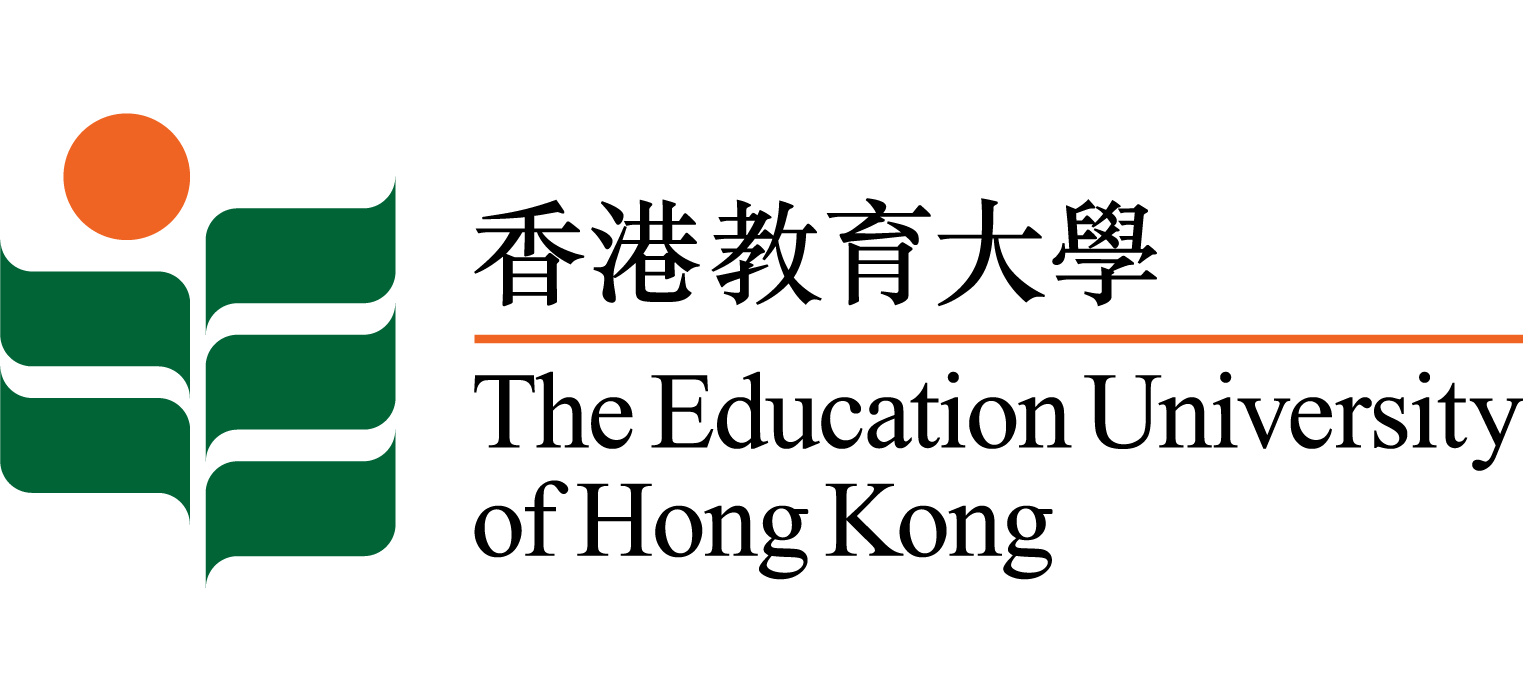Journal Articles
幼兒教育課程新改革:創意韻律教育
- 幼兒教育課程新改革:創意韻律教育
- Innovative changes in early childhood curriculum: Creative rhythmic education
- 教育曙光 : 香港教師會學報, 56(1), 95-106, 2008
- 香港
- 香港教師會
- 2008
-
- Hong Kong
-
- 1997.7 onwards
-
- Pre-Primary Education
- 背景:在幼兒課程中,韻律活動 (rhythmic activity) 是音樂和體能活動不可缺少的主要學習經驗,但是從筆者的視導經驗和近期研究結果 (Wong & Chu,2001) 均顯示現在香港的學前韻律活動明顯地缺乏創意感、韻律感和運動感。加上目前香港學前的韻律活動課程的推行受到外在和內在因素的限制,是時候需要將非創意及系統化的韻律活動課程作出改革。 目的或討論焦點:本文旨在與讀者分享「創意韻律教育」(Creative Eurhythmic Education) 的理念、原則和推動方法,讓幼教工作者能夠嘗試採用「創意韻律教育」提升她/他們的教學效能; 設計此創意韻律教育課程模式之目的是改革現在香港的音樂律動課程,將普遍老師們已遺忘的韻律元素再次重述,引起她們的關注。 論點/評論/建議:本文強調,在課程的發展中運用嶄新的幼兒運動-音樂課程模式: 創意(Creativity)、音樂技能與概念 (Musical Skills & Concepts)、運動技能與概念 (Movement Skills & Concepts)、暢態與綜合活動 (Flow-Integration) 等元素,教師能提升兒童自我表達的能力,並能帶領兒童在各方面進行創作; 作者亦確信透過每天有系統的課程安排,兒童在創意韻律教育方面得益甚豐。嶄新的課程模式更強調創意的教育價值,將韻律課程發展於適合學生的能力、興趣、意欲和需要,而主題綜合活動則聯繫各獨特之韻律元素,使它們成為有生機和互動相連的全方位課程。最後,整個音樂律動課程的改革帶給教師們「暢態」的忘我歡暢之意境。 總結:新穎課程能成功的推行有賴教師的投入程度、擁有足夠的運動-音樂專業知識、技能和態度、重視教學的過程和多給予「鷹架作用」刺激兒童挑戰自我極限; 創設適切的運動-音樂學習環境,足夠的教學資源、器材和設施、教學時數和每週次數、專業支援與協助和校本的運動-音樂文化也是推行新穎課程的重要外在因素。 Background: In the preprimary curriculum, rhythmic activity is an essential learning experience in music and movement activity. From the supervision experiences and recent researches of Wong & Chu (2001), it is found that the rhythmic activity conducted in kindergarten is obviously lack of creativity, sense of rhythmic and sense of movement. Moreover, some external and internal factors and have hindered the implementation of rhythmic activity in kindergarten. There is a need to have a change from uncreative and tradition curriculum to an innovative one. Objectives and Focus: This study aims to share with the readers the philosophy of Creative Eurhythmic Education, its principles and ways of implementation which encourages preprimary teachers and workers to adopt the Creative Eurhythmic Education Model in order to improve their teaching effectiveness. The aims for designing such kind of Creative Eurhythmic Education model are to make changes to Hong Kong music and movement curriculum, and to arouse kindergarten teachers' the concerns to integrate the rhythmic elements during the music movement activity. Comment/Suggestions: This study emphasizes the use of innovative music and movement model in the preprimary curriculum. The modal comprises of the elements of Creativity, Musical Skills and Concepts, Movement Skills and Concepts, and Flow-Integration. Teachers are able to enhance children's ability of self expression, and guide them to have different aspects of creativity. Through a systematic curriculum arrangement, children may benefit from the Creative Eurhythmic Education Model. The model may meet children's ability, interest, desire and needs. The thematic integrated activity links with the unique rhythmic elements which demonstrate an interactive and holistic curriculum. Lastly, the model may bring the teachers to an optimal state of FLOW. Summary: The achievement for implementing the innovative curriculum depends very much on teachers' commitment, professional knowledge on music and movement, skills and attitude, concepts of focusing on process rather than product and scaffolding which stimulates children to make challenges. An appropriate learning environment for music and movement, sufficient teaching resources, materials and facilities, teaching hours and frequency of lessons, professional support and collaboration, and the school-based music movement culture are important external factors to be considered for the implementation of the new model.[Copyright of New Horizons: The Journal of Education, Hong Kong Teachers' Associationl is the property of Hong Kong Teachers' Association at http://www.hkta1934.org.hk/]
-
- Chinese
- Journal Articles
-
- 16831381
- https://bibliography.lib.eduhk.hk/bibs/02b625d8
- 2010-12-02
Recent Journal Articles
Modelling trait and state willingness to communicate in a second language: An experience sampling approachJournal Articles
Teaching national identity in post-handover Hong Kong: Pedagogical discourse and re-contextualization in the curriculumJournal Articles
Paradoxes in intercultural communication, acculturation strategies and adaptation outcomes: International students in Hong KongJournal Articles
The efficacy of the Peace Ambassador Project: Promoting children's emotional intelligence to address aggression in the early childhood classroomJournal Articles
Brokering school improvement through a school–university partnership: A longitudinal social network analysis of middle leadership developmentJournal Articles
L2 English listeners’ perceived comprehensibility and attitudes towards speech produced by L3 English learners from ChinaJournal Articles
School students’ aspirations for STEM careers: The influence of self-concept, parental expectations, career outcome expectations, and perceptions of STEM professionalsJournal Articles
Fundamental movement skills in Hong Kong kindergartens: A grade-level analysisJournal Articles



 EdLink
EdLink